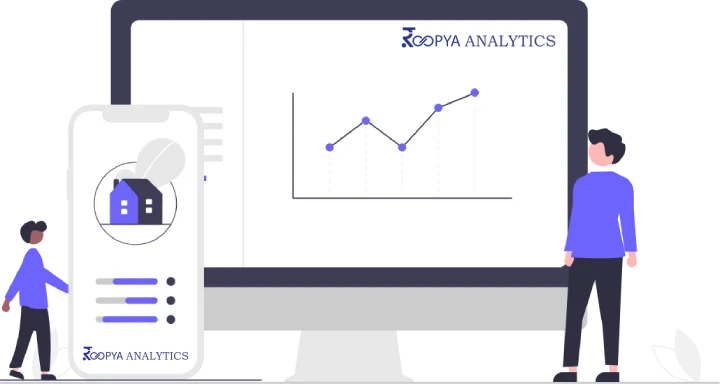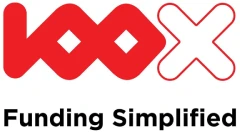Creating an application scorecard for credit risk assessment involves several key steps, from data collection to model validation and implementation. Below is a step-by-step guide that outlines the process, incorporating factual elements and hypothetical examples for clarity.
Step 1: Define the Objective
- Objective: To predict the likelihood of loan default based on applicant data.
- Example: A bank aims to develop a scorecard to assess the risk of default for personal loan applicants.
Step 2: Data Collection and Preparation
- Data Collection: Gather historical data on previous applicants, including both those who defaulted and those who did not.
- Data Points: Credit score, income, employment status, debt-to-income ratio, loan amount, and default history.
- Example: Compile a dataset of atleast 10,000 past loan applicants, capturing their financial data and whether they defaulted within 24 months of loan issuance.
Step 3: Variable Selection and Feature Engineering
- Variable Selection: Identify which variables are most predictive of default. This often involves statistical analysis and domain expertise.
- Feature Engineering: Create new variables from the existing data that may have predictive power.
- Example: Use logistic regression to identify significant predictors of default. Engineer a new feature like "age of credit history" from the available credit report data.
Step 4: Model Development
- Technique: Choose a statistical method or machine learning algorithm to develop the scorecard model. Logistic regression is commonly used for its interpretability.
- Model Building: Use the selected variables to build the model, estimating the relationship between the predictors and the probability of default.
- Example: Develop a logistic regression model using selected variables. The model estimates coefficients for each predictor, indicating their impact on the likelihood of default.
Step 5: Model Validation and Calibration
- Validation: Split the data into training and test sets. Use the training set to build the model and the test set to evaluate its performance.
- Metrics: Assess the model's accuracy, discrimination (e.g., AUC-ROC), and calibration (e.g., comparing predicted vs. actual outcomes).
- Example: Validate the model by comparing the predicted probability of default against the observed default rates in the test set, adjusting the model as necessary to improve performance.
Step 6: Scorecard Construction
- Score Assignment: Convert the model's coefficients into scores for each predictor. Establish a scoring system where higher scores indicate lower risk.
- Base Score and Scaling: Determine a base score and a scaling factor to translate logistic regression outputs into user-friendly credit scores.
- Example: Assign a base score of 600, with points added or subtracted based on the applicant's characteristics relative to the model's coefficients.
Step 7: Policy and Cut-off Determination
- Policy Setting: Define lending policies based on scorecard outputs, such as approval thresholds and interest rates.
- Cut-off Scores: Establish score thresholds for different risk categories (e.g., low, medium, high risk).
- Example: Set a cut-off score of 650 for loan approval. Applicants scoring above 700 receive lower interest rates, while those between 650 and 700 receive standard rates.
Step 8: Implementation and Monitoring
- Implementation: Deploy the scorecard within the lending process, integrating it with loan application systems.
- Monitoring: Regularly review the scorecard's performance, adjusting for changes in the economy, borrower behavior, and portfolio performance.
- Example: After implementing the scorecard, monitor default rates and score distributions, recalibrating the model annually based on new data.
Step 9: Continuous Improvement
- Feedback Loop: Use insights from the scorecard's performance and changes in the credit environment to refine and update the model.
- Example: Incorporate data on new types of income verification or credit products to enhance the scorecard's predictive power.



